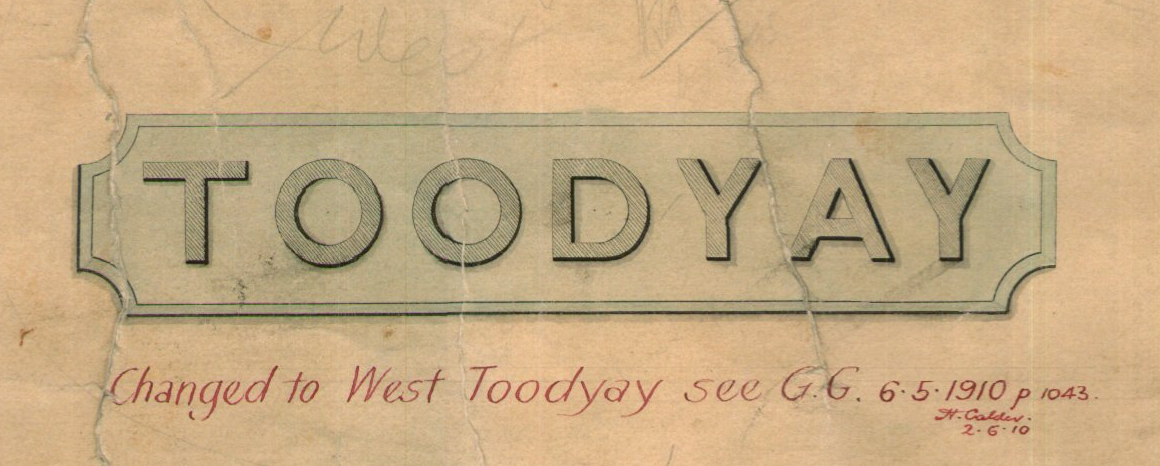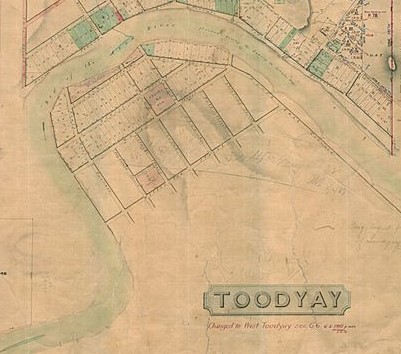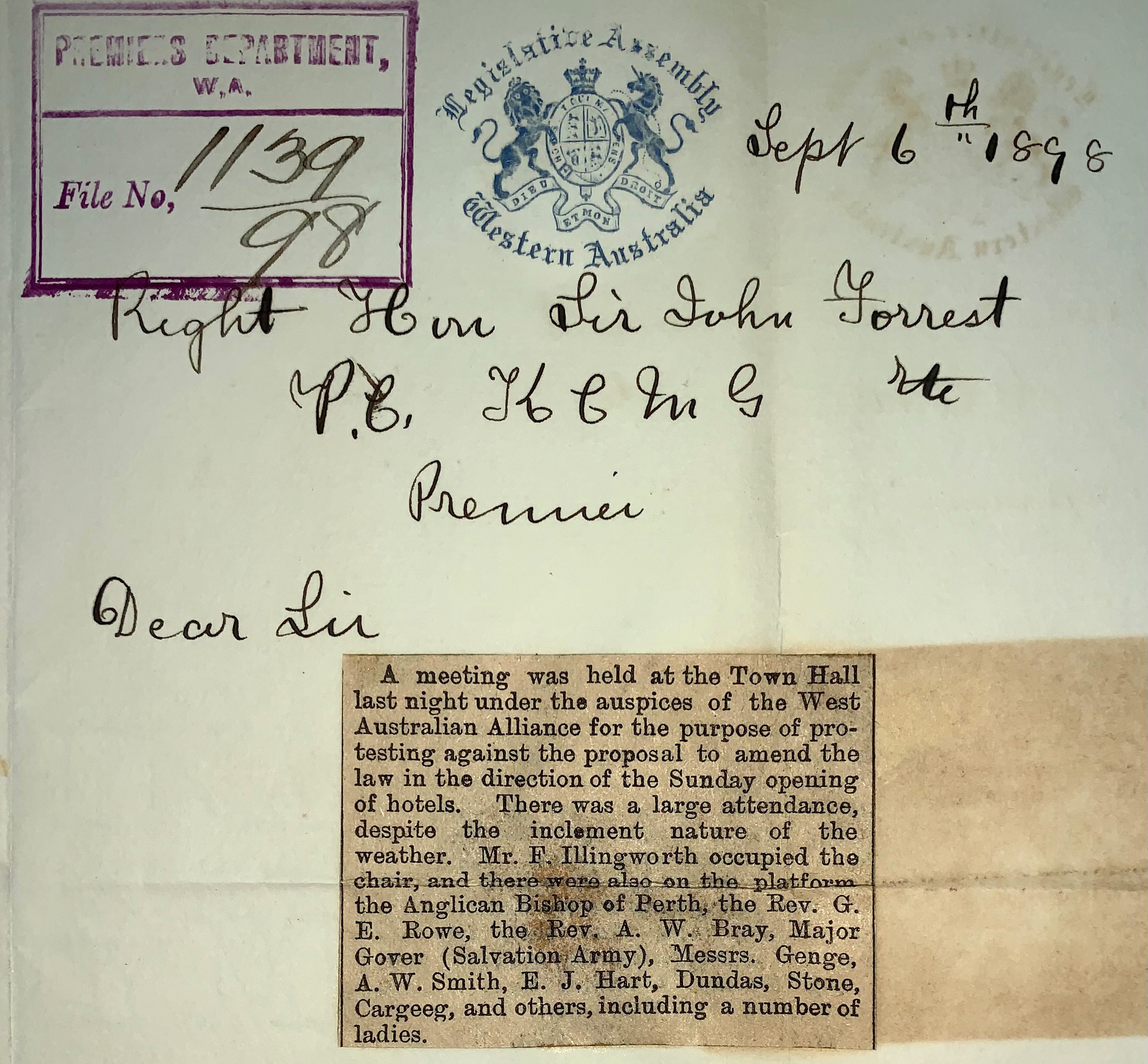In the early 1900s, Western Australia placed significant emphasis on penmanship and drawing, reflecting the educational priorities of the time. Competitions encouraged youth to showcase their skills in freehand drawing, landscape sketches, figure drawings, and various forms of handwriting.

In Perth, one such event celebrated talented individuals like Miss M. Webb, who excelled in freehand drawing, and Miss O. Harkness, a standout across multiple categories. These competitions were more than just friendly contests—they were a testament to the admiration for precision, skill, and the discipline of penmanship.
Before modern media and instant communication, such exhibitions were the pinnacle of artistic and technical achievement, where young minds honed their craft, and communities gathered in appreciation of the written and illustrated form.
Among these admirers were those who rode on horseback, journeying great distances to record and document their surroundings with ink and paper. It was an era when maps were hand-drawn with intricate care, each line etched by skilled hands, preserving the evolving story of their towns.
One such document, a meticulously crafted map, marked the renaming of Toodyay to West Toodyay in 1910—more than just a geographic update, it stood as a reflection of change, identity, and the enduring reverence for penmanship as a means of recording history.

Stories from the State Archives Collection
Sundays and Social Restrictions
Do you remember a time when Sunday was truly a day of rest, often because everything was closed?
Restrictions around activities on a Sunday began in 1833 with the Liquor Licensing Act 1833, which prohibited the sale of alcohol during church service hours. This meant that pubs and drinking establishments could not legally serve customers while religious services were being conducted in the nearest church or chapel.

By 1892, new laws were introduced under the Police Act 1892, further restricting public entertainment on Sundays. Early movie theatres had to seek government permission for screenings and submit film lists for approval to ensure that content adhered to moral standards.
The State Records Office (SRO) creates fascinating WA history stories for radio and online, based on the State Archives Collection.
📻 Check out the podcast: "Never on a Sunday" – because, once upon a time, Sunday was truly a day of rest.
Film Censorship and Public Morality – The Struggle to Control Leisure
As Western Australia transitioned into the 20th century, control over leisure time extended beyond Sunday restrictions. The first Commonwealth film censorship laws were introduced in 1917, requiring strict content approval before films could be screened.
With the trialling of Daylight Saving Time (DST) in WA during the 1970s, 1980s, and 2000s, these restrictions created unexpected conflicts. Drive-in cinemas, which relied on darkness to begin screenings, found their start times pushed later due to DST. Double features ran well into Sunday morning, forcing authorities to reconsider if these late-night movies breached longstanding entertainment restrictions.
The Changing Face of Sunday Laws
The Sunday Entertainments Act 1979 later replaced earlier restrictions but remained in place until its repeal in 2021. Meanwhile, retail trading laws changed in 2012, allowing metropolitan supermarkets to open on Sundays, albeit with reduced hours.
For more historical stories, follow @staterecordsofficewa on Facebook and @StateRecordsWA on Twitter.
